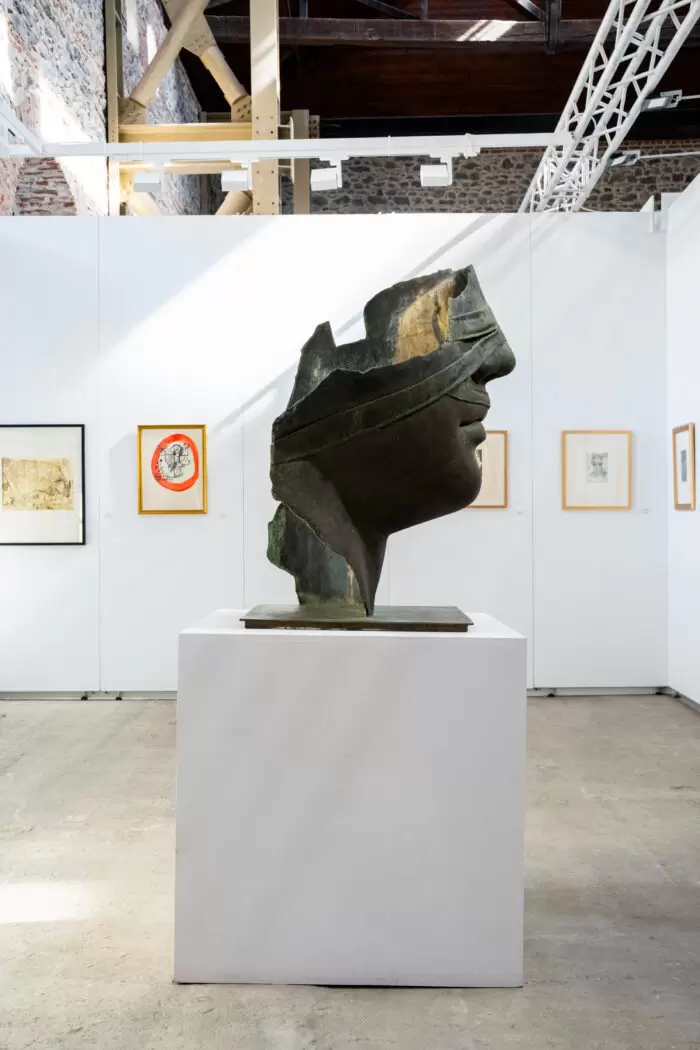How to Write a Powerful Artist Bio and Statement (with Examples)
Whether you're applying for a residency, updating your website, or pitching to a gallery, your artist bio and statement are essential tools for standing out. This guide breaks down exactly how to write each one—with clear examples, expert tips, and a map of key artistic themes to help you define your voice and connect with your audience.
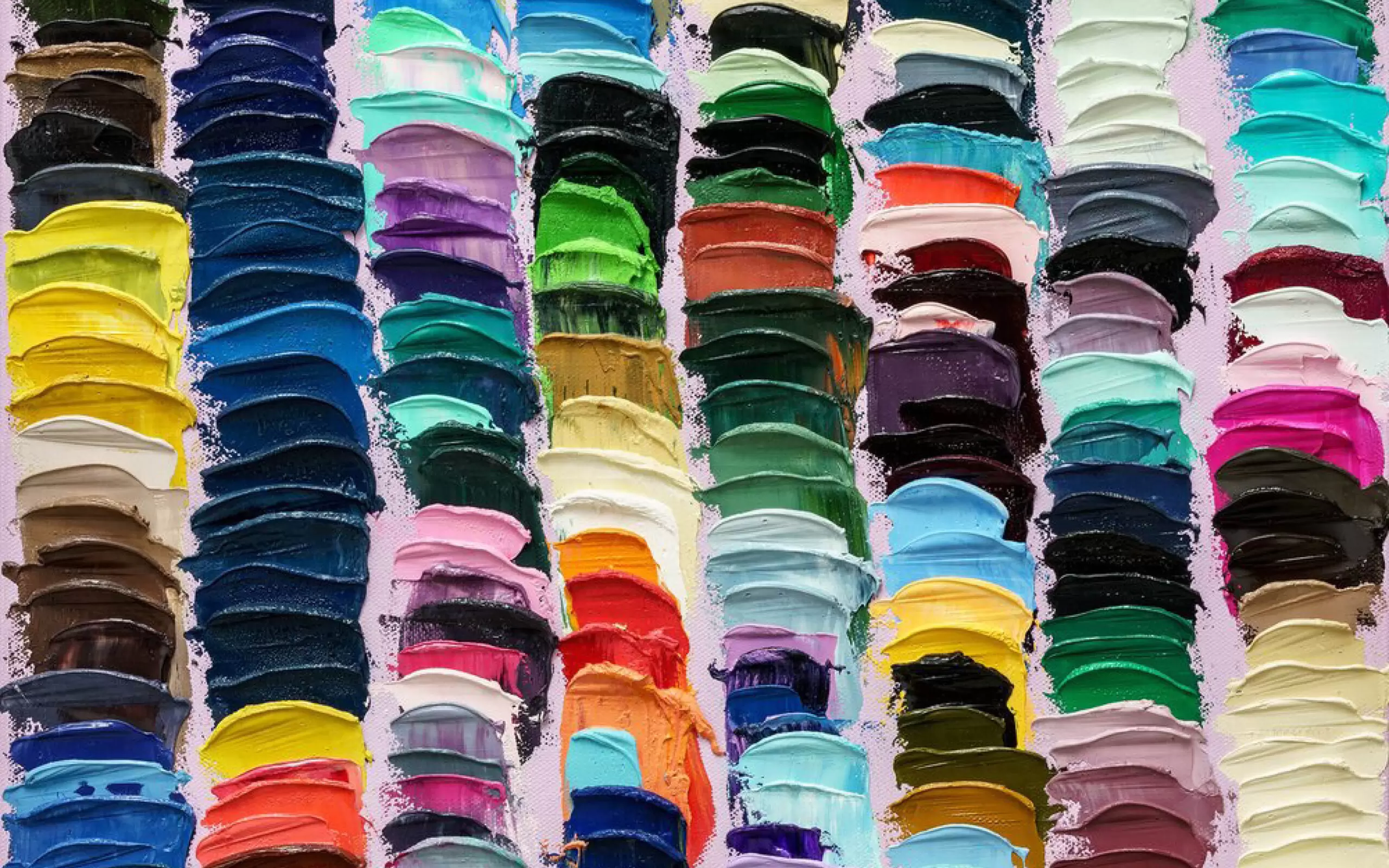

Cover image: © Extra Paint 2024 by Stephanie Scott, www.stephaniescott.art
Artist Bio vs Artist Statement: Key Differences Explained
A well-crafted artist bio and statement are two of the most powerful tools to present your work to the world. While they serve complementary roles, understanding their distinct functions will help you articulate your artistic identity more effectively.
An artist bio is a concise summary of your professional journey. It includes education, exhibitions, awards, and career milestones. The tone is factual and professional and is typically written in the third person.
An artist statement, on the other hand, is a personal reflection. It explains the why and how behind your art—what it represents, what inspires it, and what you hope viewers take away. This is often written in the first person and conveys your creative voice and philosophy.
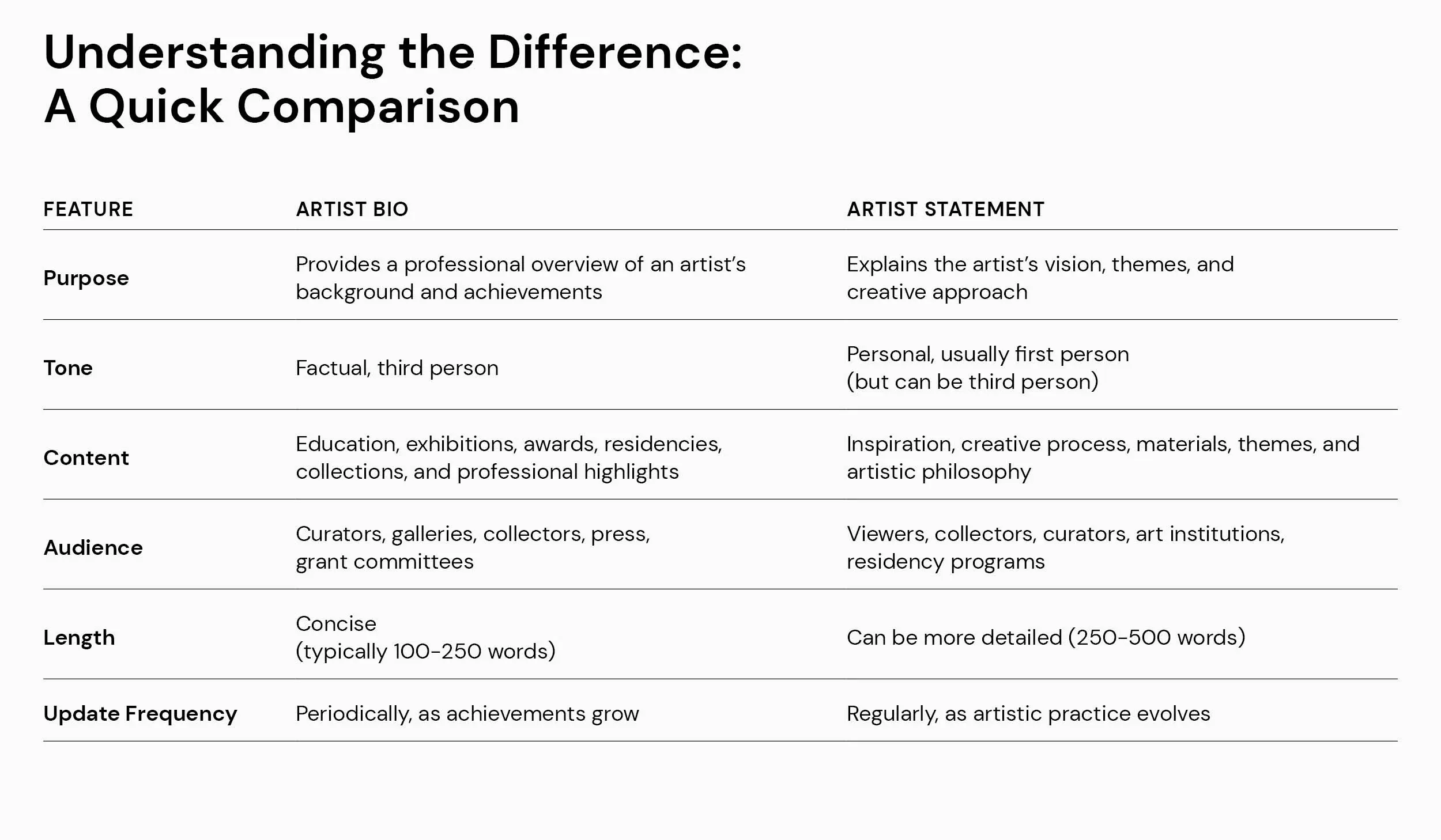
Quick comparison of the key differences between an artist bio and artist statement, including purpose, tone, content, audience, and length.
Writing an Artist Bio
A strong bio should answer:
Who are you as an artist?
What is your medium and style?
What are your most significant achievements?
Where have you exhibited or been published?
What are your influences or recurring themes?
Structure of an Artist Bio
Introduction
Start with a compelling opening that establishes your artistic identity.Background
Highlight your education, training, and artistic influences.Career Highlights
Mention key exhibitions, awards, and collections.Current Work
Describe ongoing projects and where your work is currently shown.
Writing an Artist Statement
Your artist statement is your chance to share your creative vision and thought process. It should be reflective, clear, and engaging.
Consider:
Why do you create art?
What themes or concepts drive your work?
How do you approach your artistic process?
What do you want viewers to experience or feel?
Structure of an Artist Statement
Introduction
Present your artistic purpose with a strong opening.Conceptual Framework
Explain your themes, inspirations, and motivations.Process and Technique
Describe your materials and artistic methods.Conclusion
Summarize your mission and invite engagement.
“Even though you don’t need to explain everything about your practice, you can explain how you work—your method, your approach—without over-explaining. Finding a balance between clarity and mystery is key.” — Sasha Baydal, curator & interdependent art worker
Before & After: Artist Statement Refinement
A great way to see the impact of a well-crafted artist statement is through an example. Below is an original statement by artist Jesús Rojas (jesusrojas.id.art), followed by an edited version by Alexandra Laqueur, Managing Director at European Cultural Academy (ECA.art) demonstrating how structure, clarity, and voice can elevate a statement.
Original by Jesús Rojas:
Original Statement by Jesús Rojas:
“I was born in the Peruvian Andes but grew up in Lima, a cold, gray and complicated city that forced me to escape with my imagination, adopting the light and bright colors of the Andes, where I traveled whenever I had a chance, escaping the bustle of the city; light and colors that I also found here, in the Caribbean. Since I was a child I have been attracted to light, clarity, and clean, pure colors. My work is influ- enced by the many years of being a children’s book illustrator before leaving Perú, experience responsible for the playful aspect of my work. Other interests, such as erotism, sexuality, spirituality, and the eternal duality that governs the universe are also part of my work. My work is about the joy of life, about light and color. Through the years I earned many awards in Drawing, Watercolor, Graphic Design, Etching and Painting.”
Edited Version by Alexandra Laqueur:
“Color is my language—vivid, pulsating, and alive. Born in the Peruvian Andes and shaped by Lima’s muted grays, I have always sought light—first in the highlands of my childhood, then in the Caribbean, where the sun ignites color with a fierce intensity.
My work is an ode to this luminosity, an exploration of vibrancy, movement, and emotion. Years as a children’s book illustrator infused my art with a sense of play—bold, spontaneous, and unrestrained. But beneath this playful- ness lies a deeper inquiry into duality: sensuality and spirituality, chaos and harmony, control and surrender.
I work across watercolor, drawing, etching, and painting, blending precision with intuition, structure with fluidity.”
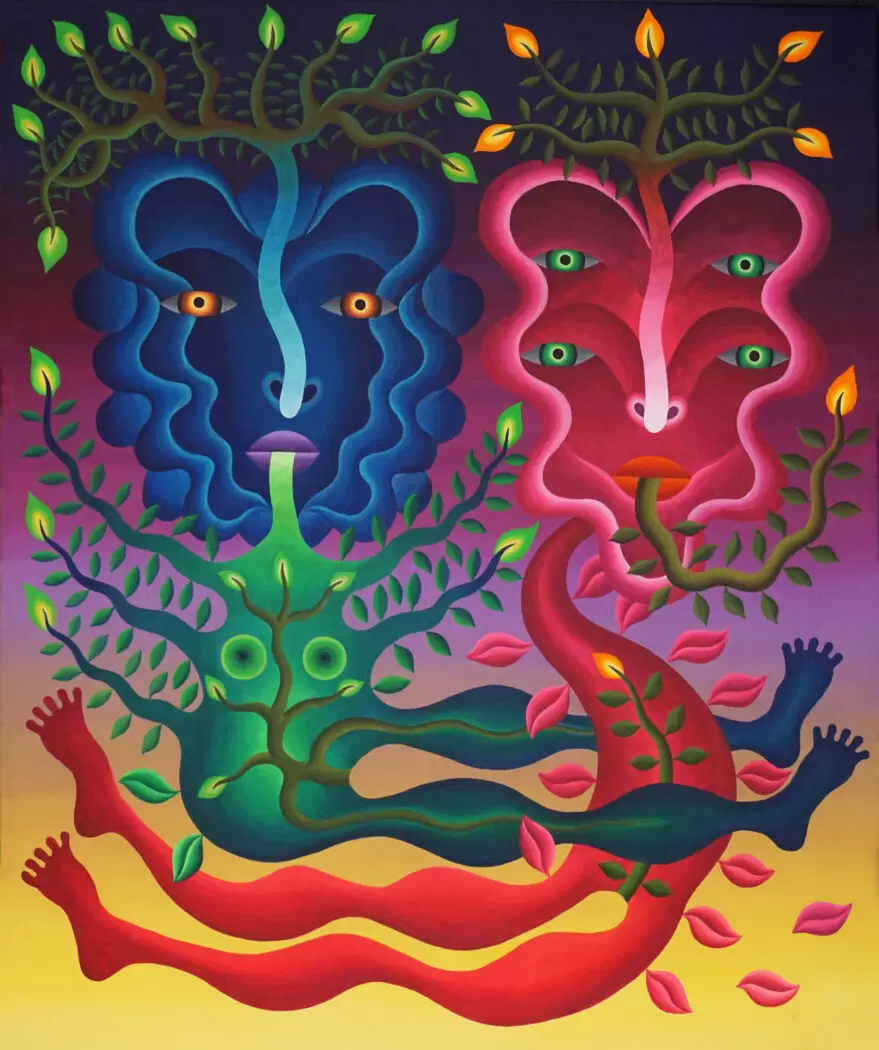
© Communion by Jesus Rojas
Alexandra explains her approach to refining Jesús Rojas’ statement: “The original statement is heartfelt but unfocused. It reads more like a personal memoir than a clear artistic statement. The revised version distills the essence of his work, strengthens the imagery, and makes the connections between his experiences and artistic choices more inten- tional. It also removes unnecessary details about awards and achieve- ments, which belong in a bio, not a statement.”
Structure Your Statement Based on Your Practice
Autonomous artists – Focus on personal vision.
Social artists – Address cultural or political issues.
Commercial artists – Emphasize collaborations and brand work.
“The biggest issue in artist statements is always clarity. Either there’s not enough detail or an overload of jargon. Be precise.” — Stephanie Scott, artist, podcaster, editor
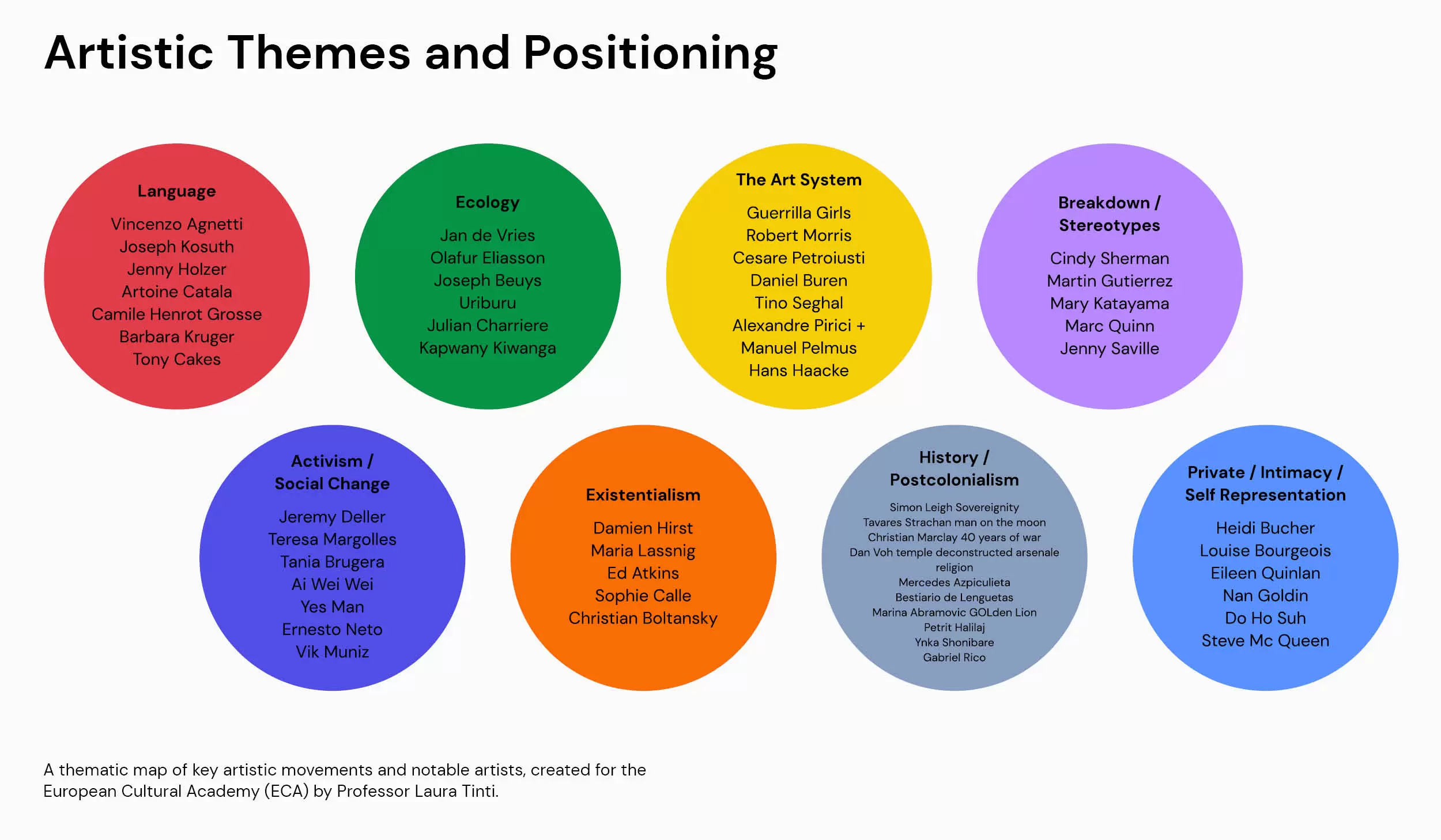
A thematic map of contemporary art movements and notable artists, organized into categories like ecology, language, activism, and self-representation. Created by Professor Laura Tinti for the European Cultural Academy.
“There’s an ongoing debate about whether statements should be written in first or third person. First person feels more personal and authentic, while third person can appear more professional in institutional settings.” — Alexandra Laqueur
Tips for Perfecting Your Bio and Statement
Be concise yet engaging – Capture attention quickly.
Use strong, active language – Avoid vagueness or passivity.
Write for your audience – Curators, collectors, or grant reviewers.
Make use of AI tools – Use them to refine, not replace, your voice.
Highlight context – Show your career trajectory.
Stay authentic – Let your voice shine through.
Avoid clichés – Use specific examples.
Update regularly – Let your writing evolve with your work.
“Artists often resist writing about their work, but your statement is a bridge. It’s not just for institutions; it helps your audience connect.” — Daria Kravchuk, curator
Want to learn more? Watch our webinar.



